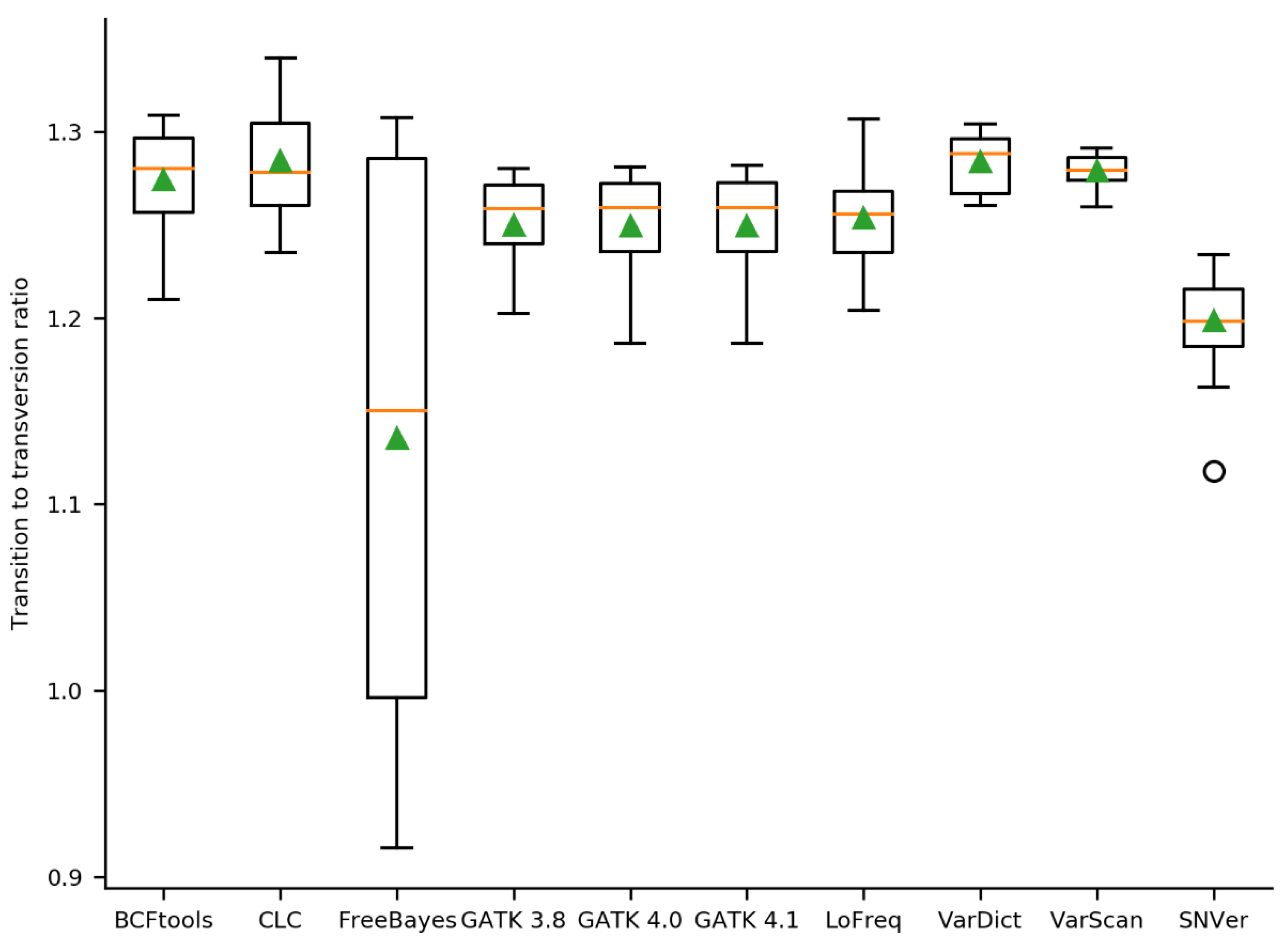

Often these studies in sugarcane have reported a network of genes related to cell wall metabolism, carbohydrate metabolism, stress responses and regulatory processes. There are very few studies of sucrose accumulation primarily focusing on the sugarcane culm. Īlthough sugarcane stores the highest concentration (reaching about 0.7 M) of sucrose in the plant kingdom, studies on the physiological, biochemical and genetic basis of sucrose synthesis and accumulation have been limited compared to those in model plants like Arabidopsis or rice that do not accumulate high levels of sucrose. As sugarcane matures, there is a shift in carbon partitioning from that of insoluble and respiratory components towards the osmotically active sucrose.

Sucrose is the dominant storage reserve in sugarcane in contrast to most other plant stems that store polysaccharides such as starch or fructans with a low concentration of sucrose. In addition, sucrose is the only major form in which reduced carbon is exported from the source and hence all cellular processes outside the source are dependent on the mobilisation and utilisation of sucrose. Sucrose concentration that peaks in the sugarcane culm during the end of the vegetative cycle (called ripening) is utilized for the sexual reproductive phase and the remaining reserve is re-mobilized to produce new vegetative structures unlike the pattern in monocarpic annuals where there is a single cycle of storage and utilization for the reproductive phase. A distinctive feature of sugarcane is that high levels of sucrose storage occurs only in the culm parenchyma cells as against in other plants where storage of sugar or other storage molecule/s occurs in terminal sink organs such as tubers, grains, or fleshy fruits. The maturing sugarcane culm represents both an economically important and physiologically interesting experimental system to study the dynamics of carbohydrate partitioning and metabolism associated with the accumulation of high concentrations of sucrose. Among the domesticated grasses, sugarcane and sweet sorghum have undergone extensive selection for high accumulation of sucrose that serves as the primary sources of sugars for human and animal consumption, as well as ethanol production for fuel.


 0 kommentar(er)
0 kommentar(er)
